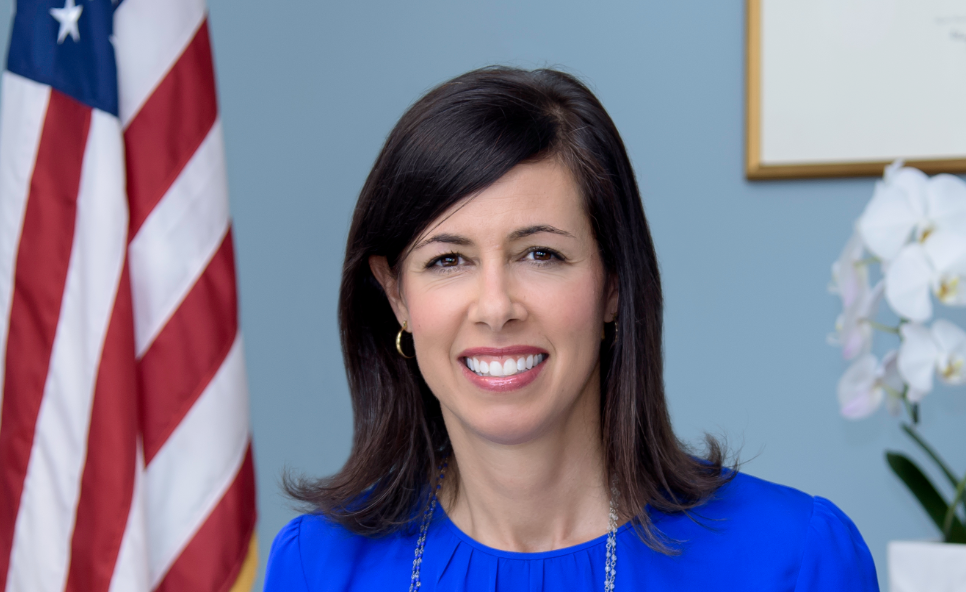- ACP, challenges to the FCC map and federal funding overlaps took center stage at Congress’ FCC oversight hearing
- The FCC recently started mobile speed test submissions from consumers, but it hasn’t done the same for fixed coverage
- Chairwoman Rosenworcel remains optimistic ACP can easily get back up and running -if Congress lets it
To say the Federal Communications Commission (FCC) has a lot on its plate with tackling the digital divide is an understatement.
A House subcommittee held a hearing this week to get an update on how the FCC is addressing some of the most pressing broadband issues in the country. Here’s what the FCC had to say.
Mapping
Launched in late 2022, the FCC’s revamped national broadband map determined how much BEAD funding each state will receive. The Commission updates the map twice a year to reflect new coverage data submitted by ISPs.
Reviewing the challenge data is a complex process, FCC Chairwoman Jessica Rosenworcel admitted.
CostQuest, which created the so-called Broadband Serviceable Location Fabric (the dataset of locations across the U.S. where fixed broadband can be installed), takes in updates from carriers, consumers and local and state authorities.
“We try to combine all that information and crowd-source it and get the best map possible. It’s an iterative process,” she said.
But how does the FCC plan to deal with ISPs that overstate their coverage?
DCS Technology Design for instance has claimed fixed wireless access provider Mercury Broadband has overstated its coverage in Michigan, which could deter other ISPs from applying for Broadband Equity, Access and Deployment (BEAD) grants.
Rosenworcel stressed the Commission will take action against providers that overstate coverage “in a willful, malicious and dishonest way.” But incidental overstatements also exist, and that’s where states can help.
“I really believe local and state officials have a better command of what’s going on in their backyard,” she said.
John Curtis (R-UT) noted while the FCC recently decided to accept speed test submissions from consumers “as a valid way to challenge claims of mobile service,” it hasn’t done the same to verify fixed broadband speeds.
“With respect to fixed challenges, we do accept speed tests for availability data to prove that service is present or not present,” Rosenworcel stated. “With respect to actual speeds, it’s more complicated.”
Where a consumer places their router in the home can have “a huge impact” on the speeds they get. The FCC is “looking for a statistical way to validate this so we can use that data more comprehensively.”
ACP
The government’s Affordable Connectivity Program (ACP), which provided a low-cost internet option to more than 23 million households, expired at the end of May.
Asked by Rep. Doris Matsui (D-CA) what the FCC is doing to “secure the progress made by ACP,” Rosenworcel said the Commission has reached out to its “outreach partners to make sure that they are aware of alternatives.”
“Obviously the first thing we can do is have Congress continue to fund this program,” she said.
Multiple legislation has been proposed this year to extend ACP funding, including the ACP Extension Act and an amendment to the FAA reauthorization bill. But thus far, these efforts have gone nowhere.
“We are monitoring complaints regarding the Affordable Connectivity Program and I should add that we’ve seen a 40% increase from consumers on them because they’re upset that this program’s come to an end,” said Rosenworcel.
How difficult would it be to restart the program? One concern with allowing ACP funding to lapse “even temporarily,” according to Rep. Yvette Clarke (D-NY), is the potential cost of re-enrolling participants.
“If we allow the ACP to remain inactive for more than a few months, we must keep in mind the enormous strain the increased cost of service is having on families,” Clarke added.
For Rosenworcel’s part, she said she remains optimistic that the program can easily get back online – provided it has the means to do so.
“We have systems still in place at our administrator, we still know every benefit-qualifying individual that signed up for this program and we have hundreds of outreach partners ready to go if Congress finds a way to continue this program,” she added.
Preventing BEAD/RDOF overlap
There’s a lot of buzz around BEAD, but the Rural Digital Opportunity Fund (RDOF) is also chugging along despite defaults from ISPs.
The FCC earlier this month ruled it would not provide amnesty for carriers that have backed out of their RDOF as well as Connect America Fund II (CAF II) builds.
Although the Commission’s not letting providers off the hook for paying default penalties, it encouraged them to default sooner rather than later so states can receive the necessary info for BEAD planning.
Rep. John Joyce (R-PA) said he “applauded” the FCC’s decision and asked how the FCC and NTIA are working together to make sure ISPs aren’t deploying RDOF and CAF II-funded builds in areas eligible for BEAD.
Rosenworcel pointed to two recent developments. First, the FCC signed a Memorandum of Understanding with the U.S. Department of Agriculture, the Treasury Department and the Department of Commerce “to make sure we coordinate on all data with our broadband programs.”
The agency also has a broadband funding map, which “doesn’t get enough attention,” Rosenworcel noted. Users can take a look at various federal programs and find out how much total funding is available, which parts of the country deployments are taking place and how many locations these programs plan to serve.
“It’s a map of all the enforceable commitments under our broadband programs in the United States,” she said. “We can use that map for accountability, to make sure there’s no overbuilding…and I encourage every member of this committee to become familiar with it.”





